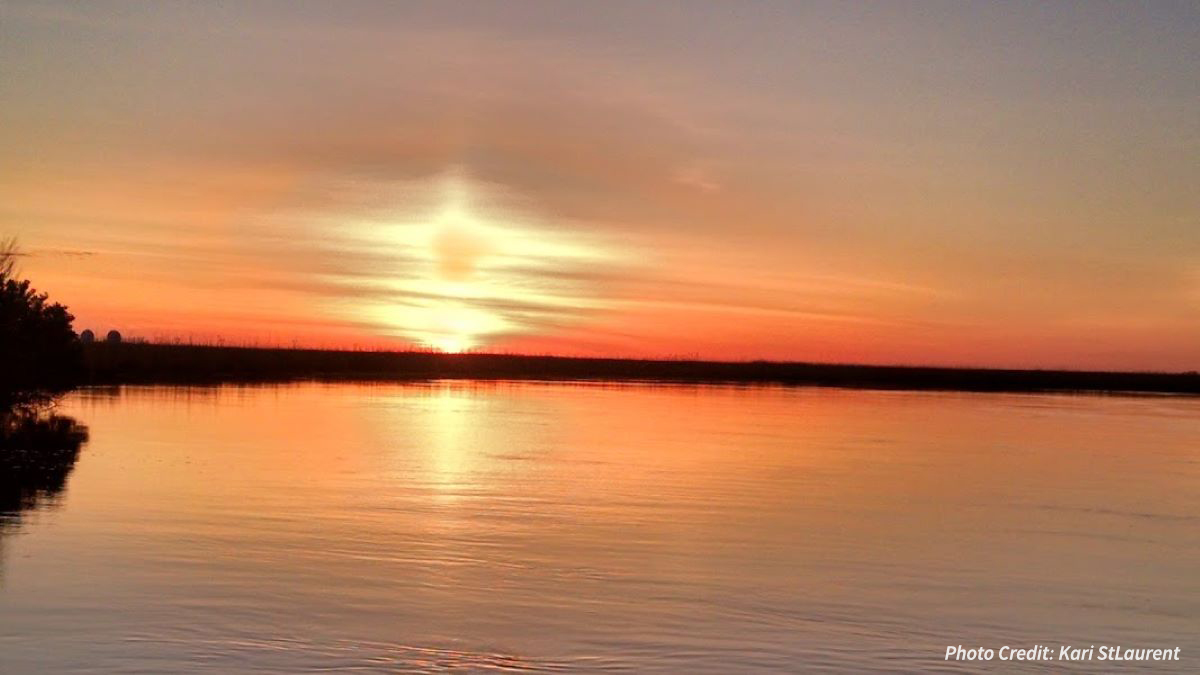States / Delaware
Delaware
Coastal Management
The focus is on managing coastal areas to increase resilience, with an emphasis on balancing environmental, economic, and human wellbeing. Mandated by the Coastal Zone Management Act, the two federal programs designed for this task are the National Coastal Zone Management Program and the National Estuarine Research Reserve System. Programs are administered, on the federal side, by NOAA’s Office for Coastal Management, in partnership with the coastal states.

State Programs
Coastal Zone Management
The Delaware Coastal Management Program. Established in 1979, the program balances coastal resource use, economic development, and conservation to address a wide range of issues including coastal hazards, habitat protection, coastal development, water quality, public access, energy facility siting, and ocean planning.
National Estuarine Research Reserves
Delaware National Estuarine Research Reserve. Designated in 1993 and protecting 6,364 acres, this reserve consists of two components: 1,087 acres of freshwater wetlands, ponds, and forest lands in Blackbird Creek, and 5,119 acres of salt marsh and open water habitats on the St. Jones River on Delaware Bay. The Blackbird Creek watershed is a predominantly rural area consisting of wetlands, forests, and agricultural lands. (See handout)
Impact Stories
Stories that showcase the recent work of this state's coastal management efforts.
- Delaware’s Coastal Management Fellow Develops Tool to Personalize Flood Adaptation
- Leveraging Cooperative Extension to Build an Enduring Capacity Resilience in Rural Agricultural Communities across Coastal Virginia, Maryland, and Delaware
- Southbridge East Habitat Restoration Planning Project
- Developing a Coastal Resilience Plan for Southern Delaware
- New Wetland Park in Delaware Solves Decades of Flooding Issues
- NOAA Strengthens Resilience Before, During, and After Disasters
- Delaware’s Climate Action Plan Takes Off
- NOAA Cheers Citizen Scientists
- Blue Carbon Enterprises Lessen Climate Change Damage
- Befriending Coastal Birds
Additional Resources
*Fast Fact Sources:
People: American Community Survey Five-Year Estimates
Beaches and Estuaries: Shoreline Mileage of the United States
Employment and Economy:
Marine Economy for the Coastal U.S. States
Marine Economy for the U.S. Territories